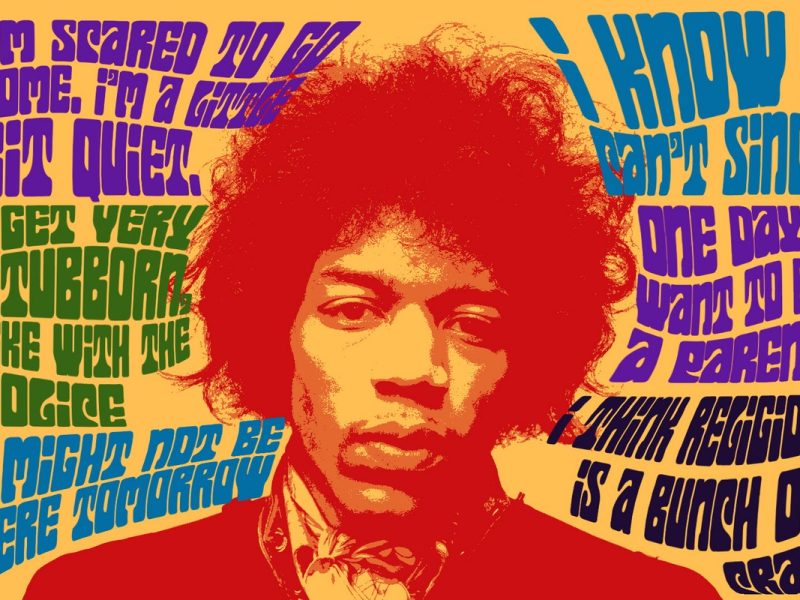Talking Heads appeared poised for a breakthrough after charting a steadily upward commercial trajectory with their first four albums. That’s exactly what they achieved on May 31, 1983, with the release of Speaking in Tongues. selling a million records and scoring their first (and only) Top 10 single.
Unlike a number of acts that found a larger audience during the ’80s by retrofitting their sound with tons of synths, drum machines and radio-friendly hooks, Talking Heads refused to dumb down or fundamentally alter their music. Instead, they refined and evolved, trusting their audience to follow along. With Speaking in Tongues, that evolution happened to hit the sweet spot between their New Wave avant-garde roots and the Top 40 airwaves.
“We felt it was possible to work within a kind of pop song format and kind of do what you wanted as long as you stayed within that format,” David Byrne told NPR many years later. “And having a love of pop music, we felt that occasionally something we did kind of by accident would connect to a larger public and other things would not.”
The record’s lead-off single, the Top 10 hit “Burning Down the House,” set the tone – both in terms of its sound, which took the angular art-school vibe of Talking Heads’ early releases and infused it with heavy R&B and soul overtones, as well as its writing style, which found Byrne vamping gibberish over rehearsal demos until the lyrics revealed themselves and giving the album its title.
Working with an expanded lineup that augmented the original four-piece of Byrne, drummer Chris Frantz, bassist Tina Weymouth and keyboardist-guitarist Jerry Harrison with a coterie of session players that included Parliament–Funkadelic keyboardist Bernie Worrell, Talking Heads broadened its sonic palette, bouncing high-tech sounds up against funk-influenced grooves and anchoring it all with their rock roots.
Speaking in Tongues‘ sessions found the quartet at a creative crossroads: As Weymouth later put it, “we spent so many years trying to be original that we don’t know how to be original anymore.” They were also still smarting from time with producer Brian Eno, whose close relationship with Byrne left the others feeling marginalized.
Watch Talking Heads’ ‘Burning Down the House’ Video
After taking a brief hiatus to focus on separate projects, however, Talking Heads regrouped with a newly reaffirmed sense of purpose. The departed Eno’s pioneering presence could still be felt, but without the occasionally adverse effects. “They still appeared more Addams Family than Brady Bunch,” as writer David Bowman put it in the Talking Heads biography This Must Be the Place, “but they no longer seemed to be embittered.”
“Burning Down the House” would ultimately go down as Talking Heads’ biggest hit, but the second single from Speaking in Tongues is arguably the record’s true classic: “This Must Be the Place (Naive Melody),” in which band members switched instruments to produce a deliberately simple arrangement behind one of pop music’s most endearingly frank looks at long-term romantic commitment. While a major part of the band’s early appeal rested on its air of cool detachment, and subsequent releases lacked the spirit of excitement that enlivened Speaking in Tongues, here it all came together – for Talking Heads as well as their fans.
“The incredible nature of the band at the time, former Velvet Underground member John Cale would later argue, was that “everybody looked at them and wondered what exactly held them together. That’s kind of a really cool cinematic thing about them,” he added. “The best thing about cinema is when the audience is just incredulous about the plot and the storyline of the film – and you think, ‘This can’t possibly be true.’ And you follow it and you believe it and you buy it. The charm of Talking Heads was the same way. ‘This can’t possibly be true.'”
In less than a decade, it really wouldn’t be true anymore: David Byrne announced the band’s breakup in 1991. But with Speaking in Tongues, they made pop’s boundaries seem almost limitless.
Rock Stars Who Walked Away and Never Looked Back
Sometimes you’ve just got to move on.



